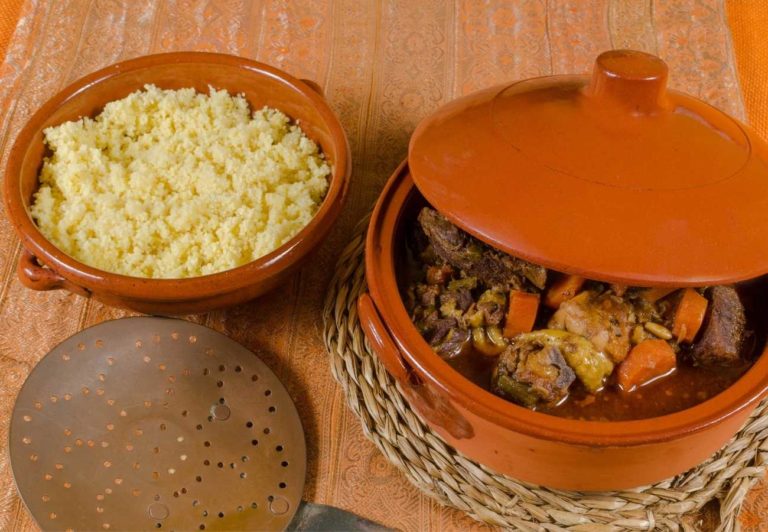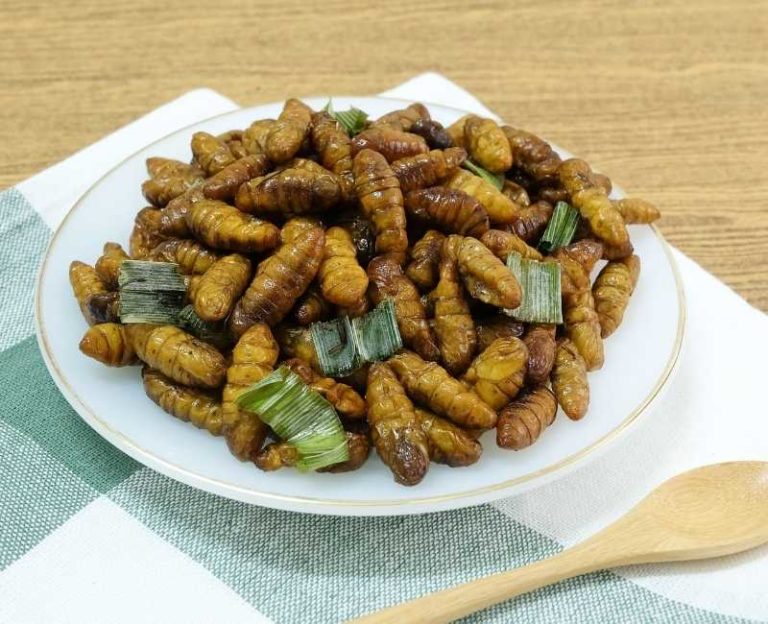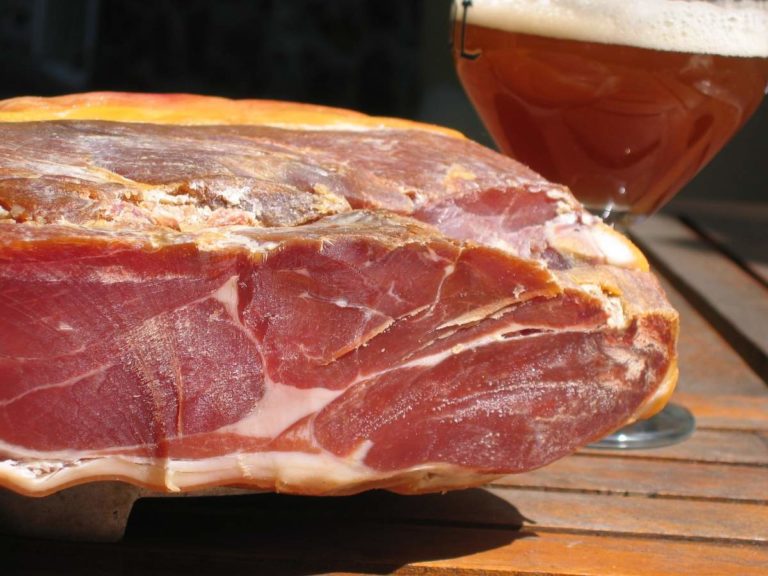Malawian Food: 7 Traditional Dishes of Malawi
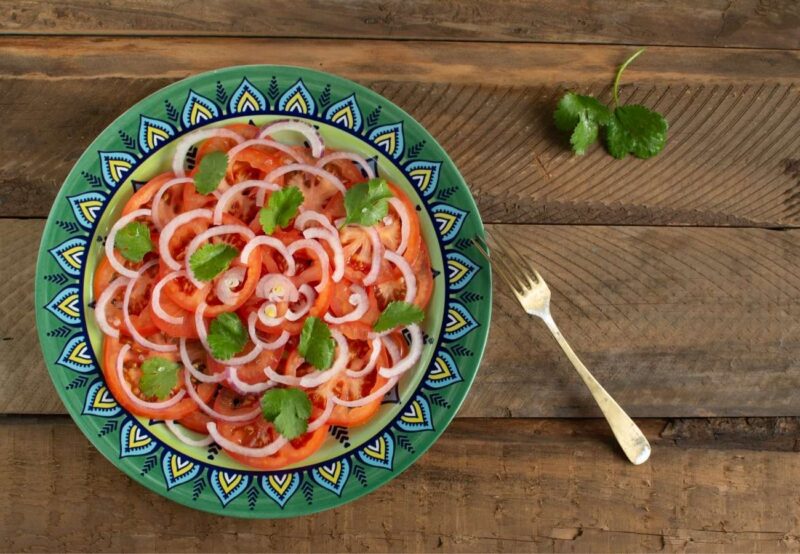
Malawi is a landlocked country located in South-eastern Africa. Previously recognized as Nyasaland, Malawi is surrounded by Zambia, Tanzania and Mozambique. The country is home to a beautiful freshwater lake called Lake Malawi, which is quite the highlight of the country.
Also known as “The Warm Heart of Africa”, Malawi is famous for comprising the friendliest people. The Malawian population is a mix of many ethnicities including Chewa, Tumbuka, Yao, Lomwe, Sena, Tonga, Ngoni, and Ngonde.
Malawian cuisine has managed to remain relatively traditional. Until the late 19th century, Malawi continued to remain free of gastronomic influences from foreign lands, with the usage of cassava, peanuts, and chili pepper plants being an exception.
The usage of these ingredients has had a huge influence on the local cuisine, but it certainly has not impacted the preparation methods much.
Malawian meals are made up of two main staples: Nsima (which is the starch) and the Ndiwo (which is the relish). Other staples of Malawian cuisine include tea and fish.
Lake Malawi is a prominent source of many different varieties of fishes (like Chambo, Mlamba (Catfish), Usipa, and Kampango) that are consumed all across the country. Other important staples include sugar, potatoes, coffee, sorghum, corn, cattle and goats.
Nsima (Maize porridge)
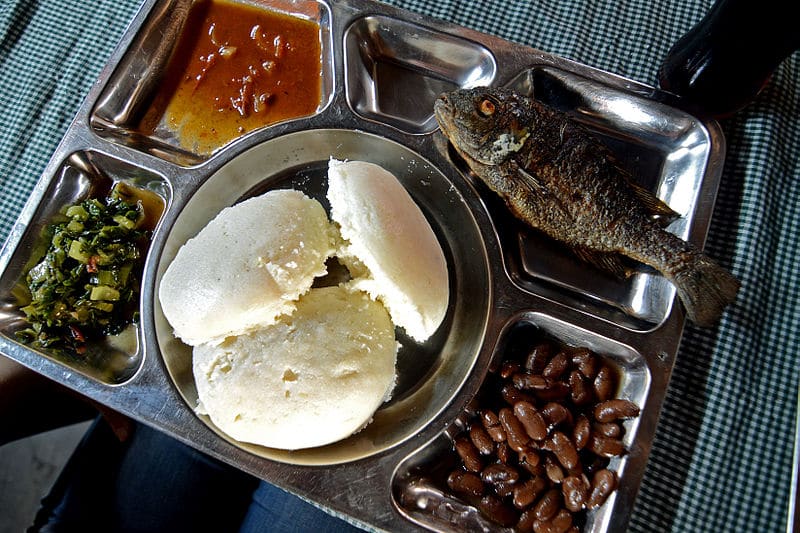
Nsima is a sort of porridge prepared using ground white maize flour. The flour is added in boiling water or milk and is heated until it attains a firm dough-like consistency. It is later formed into patties and then served.
Nsima is a staple food of Malawi’s and is generally served with two side dishes called relishes. The first one consists of a protein source like meat, fish, groundnuts (peanuts), poultry or beans and the other side dish includes vegetables like rape leaves, pumpkin leaves, amaranth leaves, mustard leaves or cabbage.
Usually consumed for lunch and dinner, Nsima is fairly low-priced and affordable for majority of the Malawian population. Consumption of Nsima is also somewhat of a ritual for families and is believed to act as an opportunity to strengthen relations.
Mkhwani
Mkhwani is a stew prepared using pumpkin leaves, tomatoes and ground peanut flour. It is often served alongside nsima or rice.
In Malawi, maize and pumpkins contribute to the traditional vegetables that are grown as a method of sustainable agriculture. The locals consider the leaves of pumpkin to be as healthy as the pumpkin itself. They are believed to be rich in vitamin B6, vitamin A, calcium, potassium, phosphorus, iron, thiamine as well as proteins.
The stew is often served to the guests as an expression of warm welcome. The dish is also the highlight of many traditional functions and weddings.
Thobwa
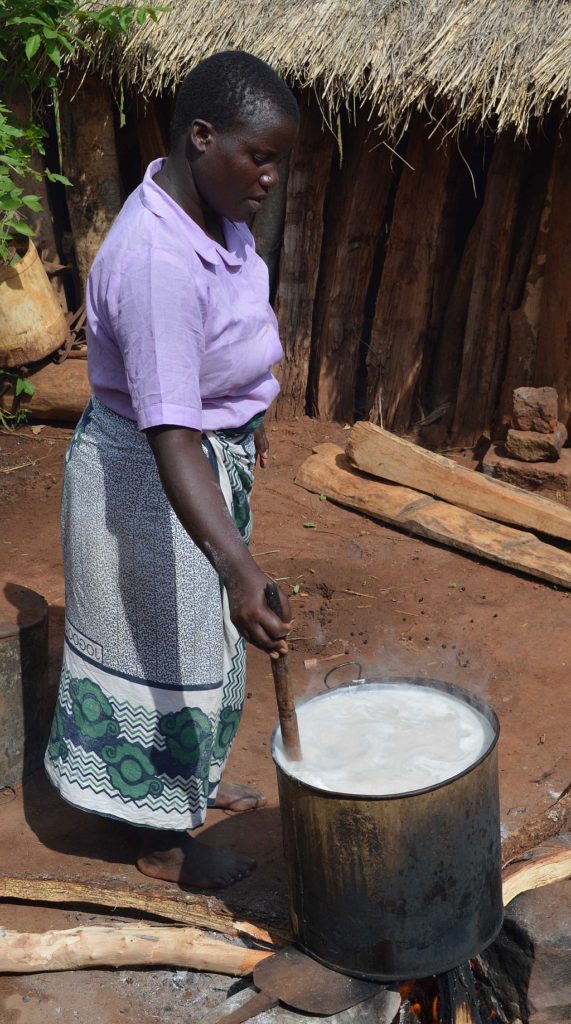
Thobwa, also known as sweet beer, is a popular fermented drink which is prepared using white maize and millet or sorghum. The drink has a grainy texture and a thick consistency.
Although Thobwa is actually a non/slightly-alcoholic drink, if left undisturbed for 5-6 days, it tends to turn to mowa or beer. Thobwa can be found all year round but it is most consumed during the hottest months in Malawi (September-November). In the towns and cities Thobwa can be found served out of recycled plastic bottles. In villages, people consume it from clay pots.
Thobwa is also often served at weddings as a celebratory drink and as a welcoming drink. It is also commonly consumed as an energy drink.
Mandazi
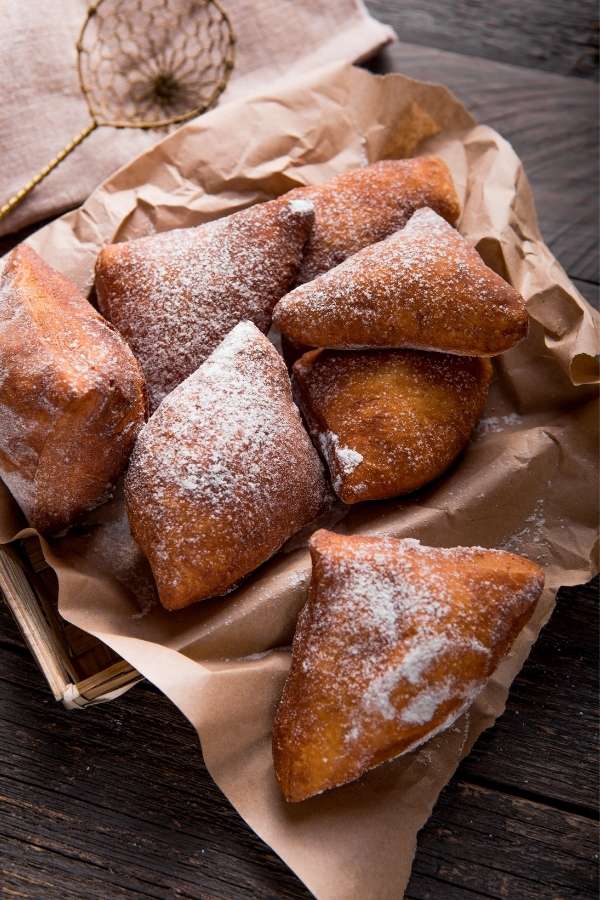
Mandazi are a kind of local Malawian donut prepared using all-purpose wheat flour, coconut milk, baking powder, egg, peanuts, cardamom, sugar and yeast. The batter is fried in hot oil until the Mandazis turn golden brown. They usually have fluffy texture and are sweet in taste.
Generally, consumed as a snack or dessert after a meal, Mandazis are often served with tea or fresh fruit juice. You can typically find Malawian women selling Mandazi on the streets, in the markets and even at the bus stations to make a little extra cash.
Zitumbuwa (Banana Fritters)
Zitumbuwa is a simple Malawian dish prepared using a dough made of bananas, corn flour and many different spices. It is then deep fried in hot oil. Generally served with sugar and butter, it is typically eaten as a quick snack.
Zitumbuwa is considered to be one of the cheapest, most affordable treats available in the markets of Malawi. The snack is also known for its health benefits (as it is prepared using bananas) and one can find a lot of variations in the recipe.
Mgaiwa Phala or Rice Phala
Mgaiwa Phala is a breakfast porridge which is prepared using staple maize flour. It is generally consumed with milk and sugar. Usually accompanied by fresh fruit, one can also add a little cinnamon to add extra flavor.
Malawians are believed to keep their breakfasts simple and healthy, making this porridge one of their main go-to’s. It is sometimes also prepared using rice flour instead of the maize flour, which is called Rice Phala.
Kachumbari
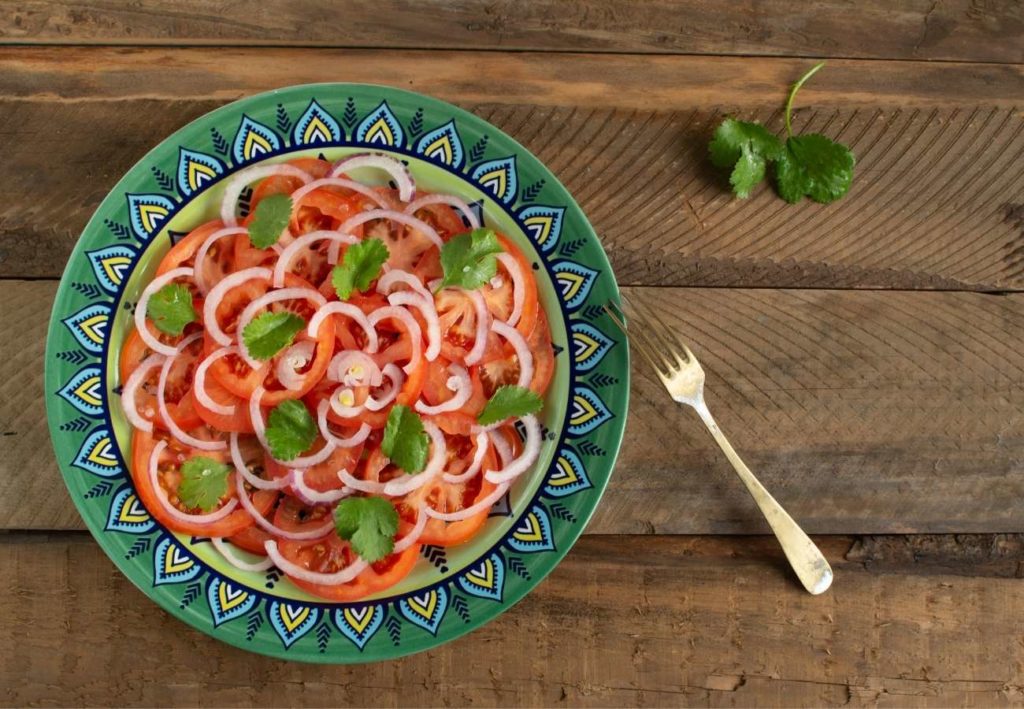
Kachumbari is a salad dish that is prepared using fresh onions, tomatoes and chili peppers. It is very popular throughout many countries in African Great Lakes region and local variations of it can be found in places such as Tanzania, Rwanda, Uganda and Burundi.
In most African countries, Kachumbari is generally served with a meal but in Malawi, people often eat it on its own. However it can also be used as an accompaniment to other main meals.




